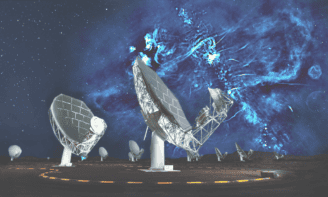Taken from the July 2019 issue of Physics World.
The far side of the Moon remained an untouched territory until a Chinese lander, called Chang’e-4, touched down in the region earlier this year. Ling Xin examines the consequences for our understanding of Earth’s nearest neighbour




